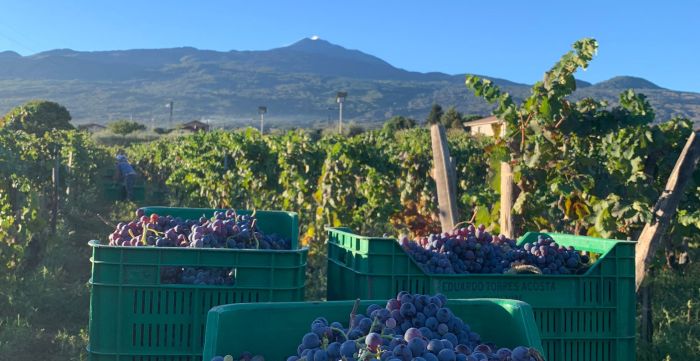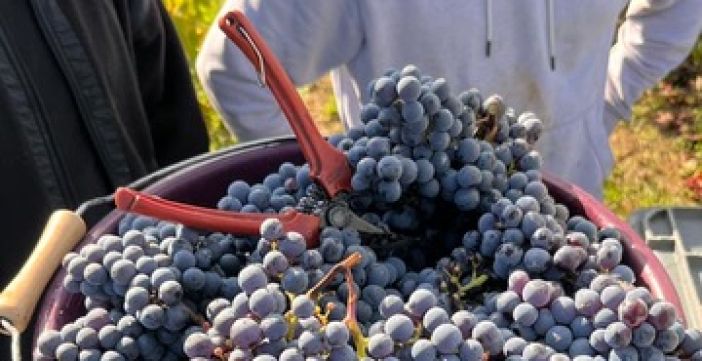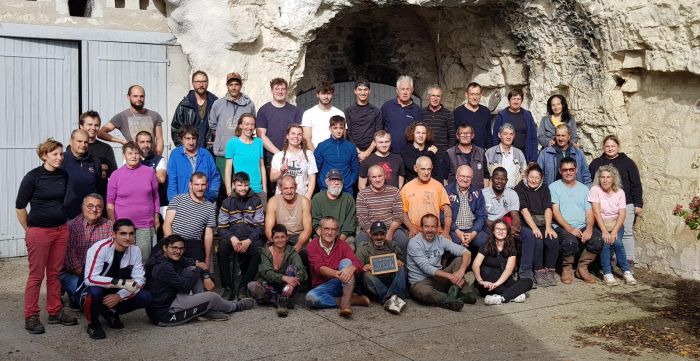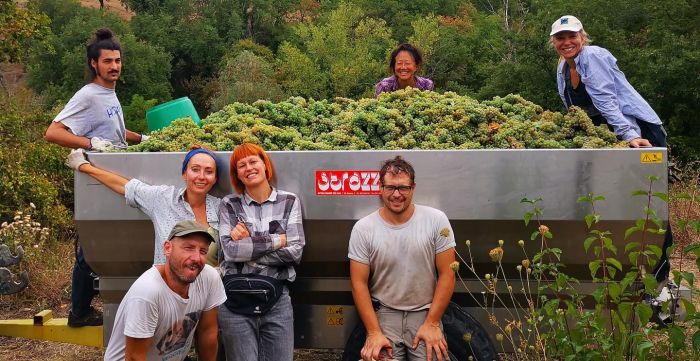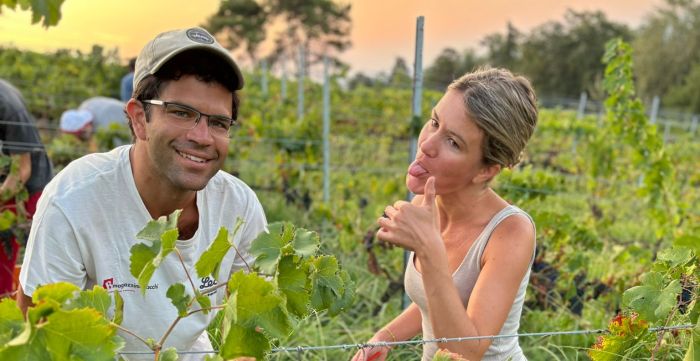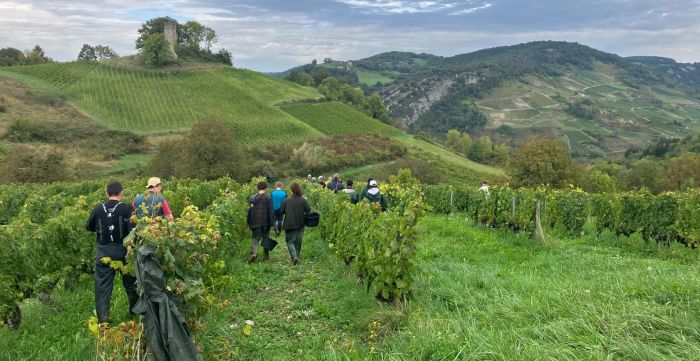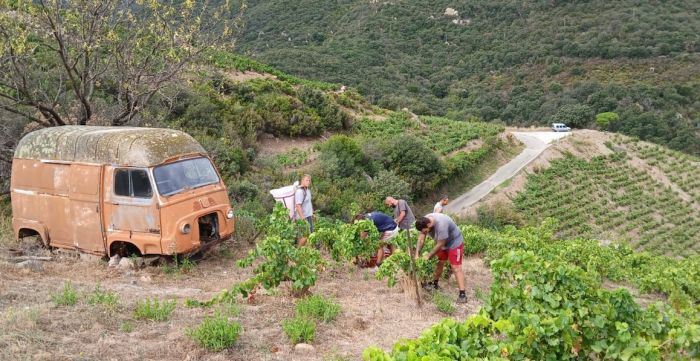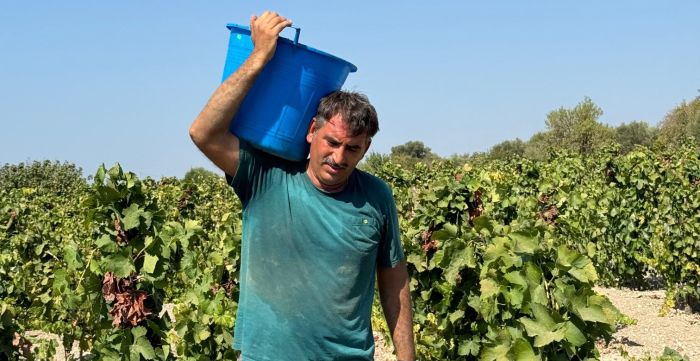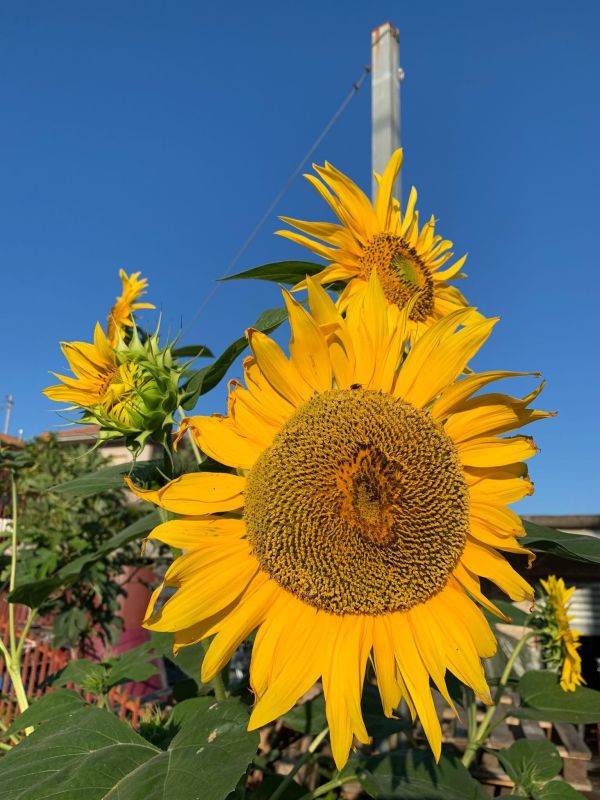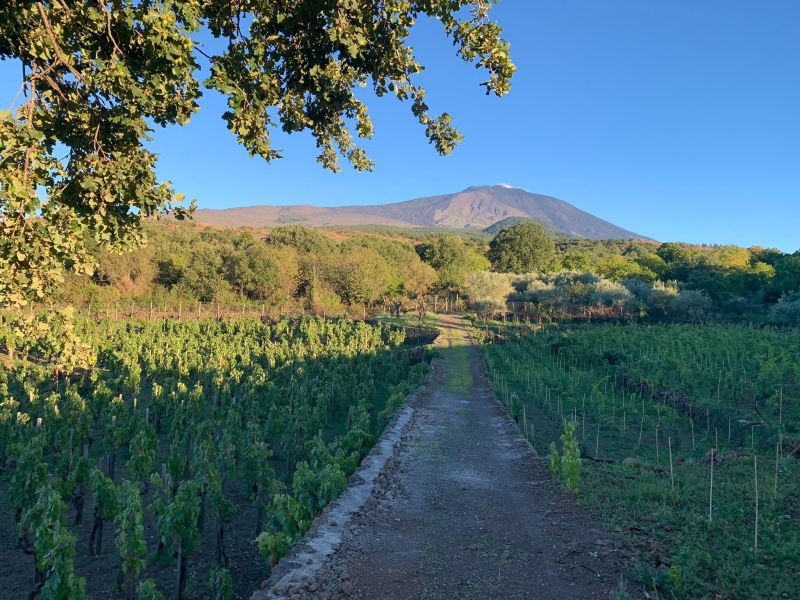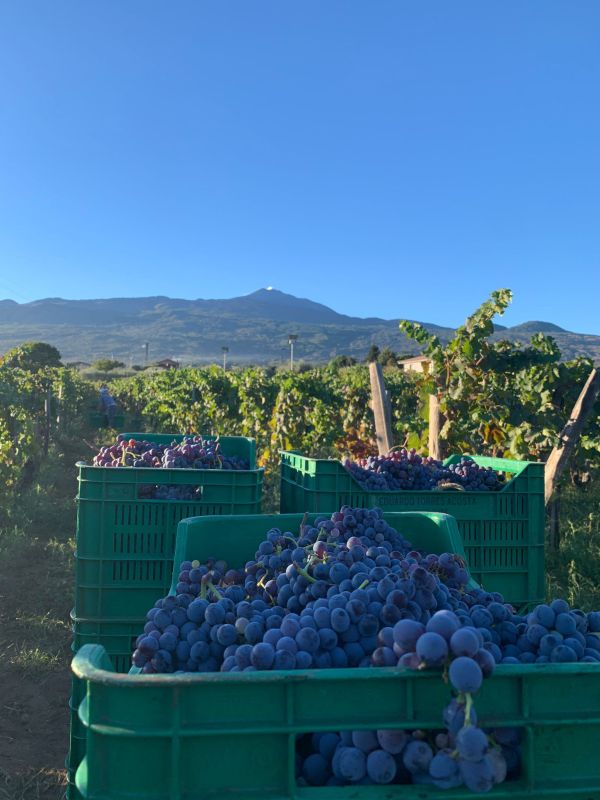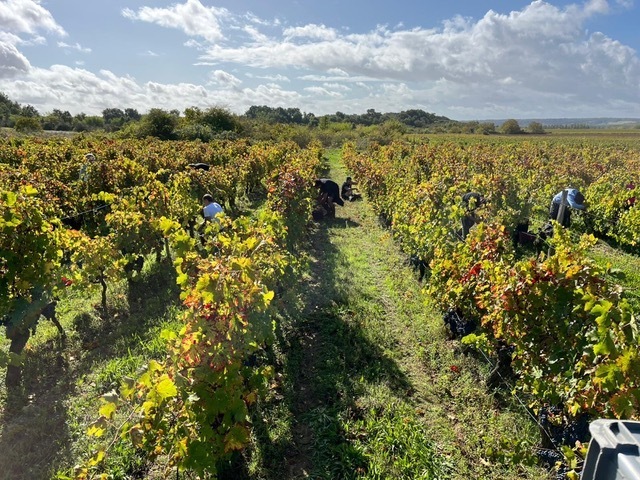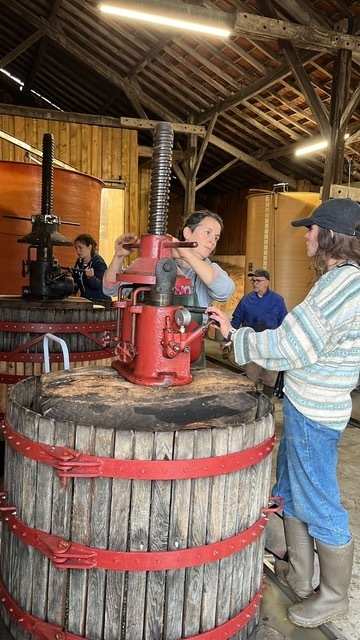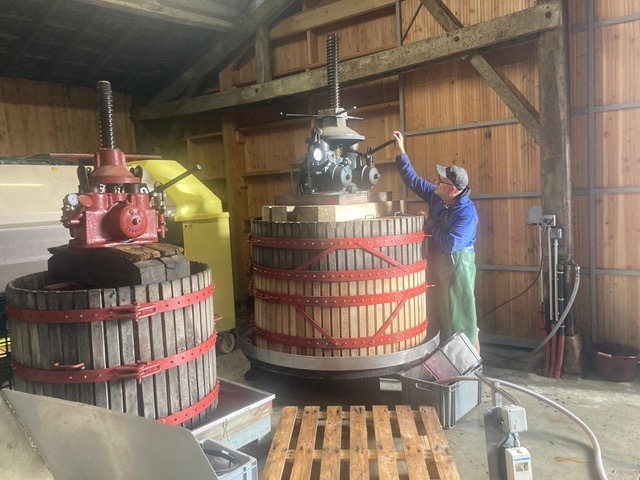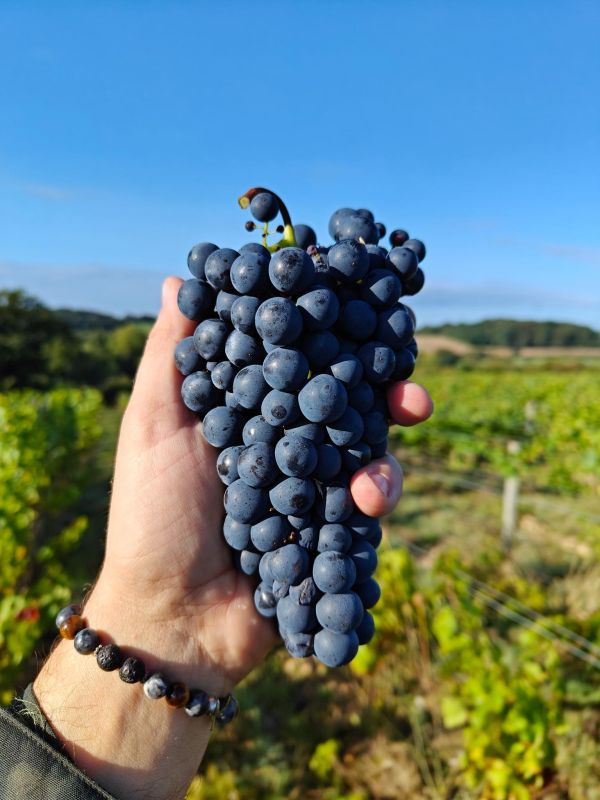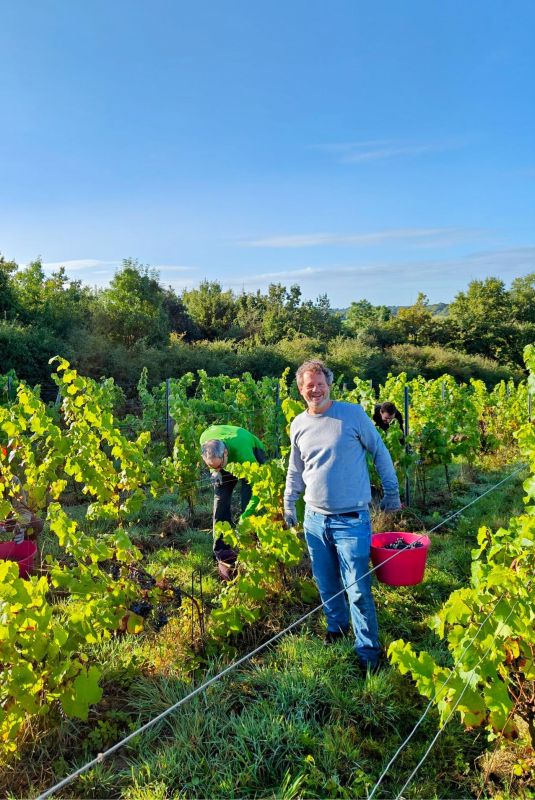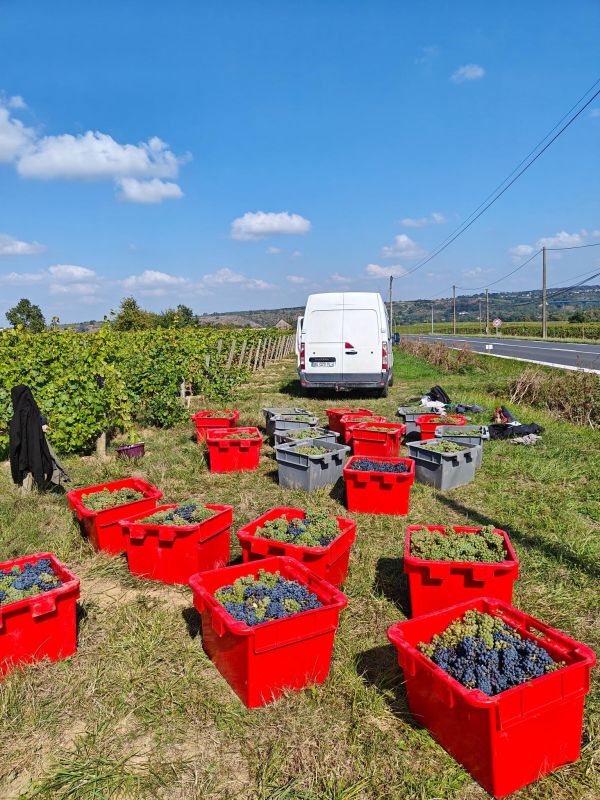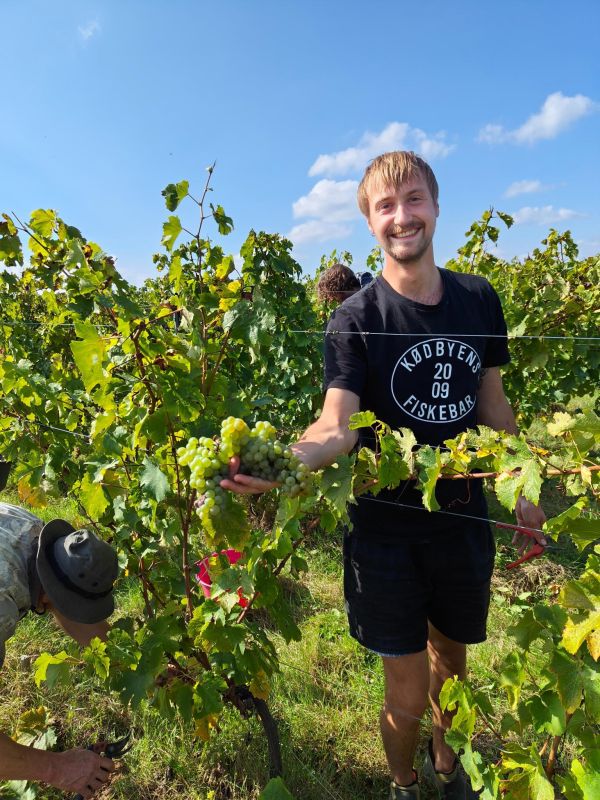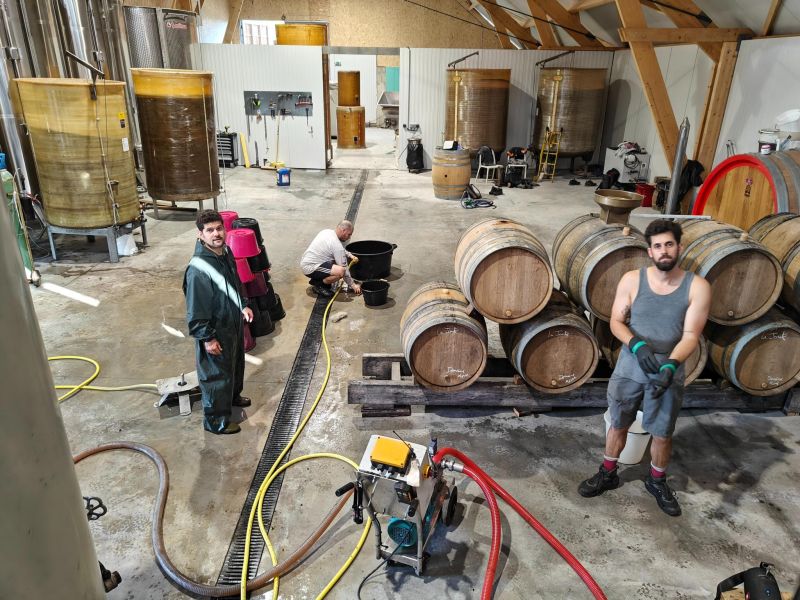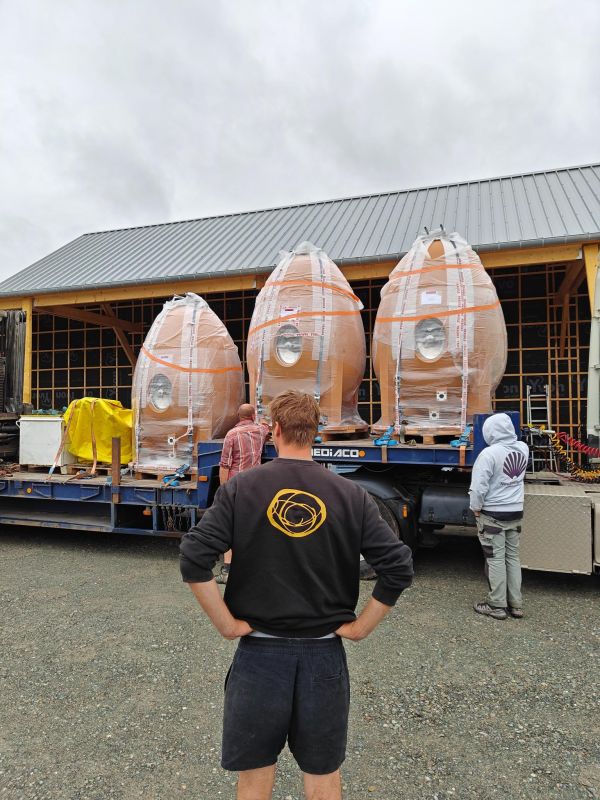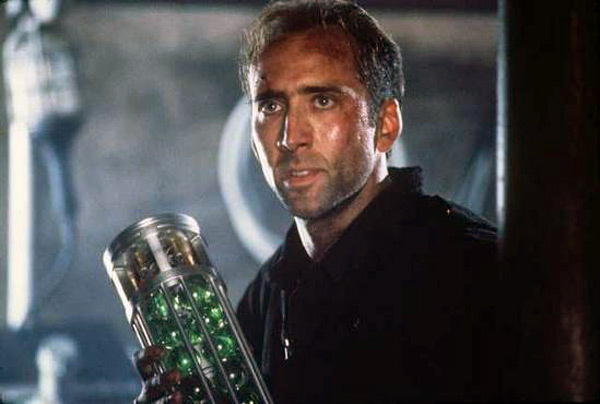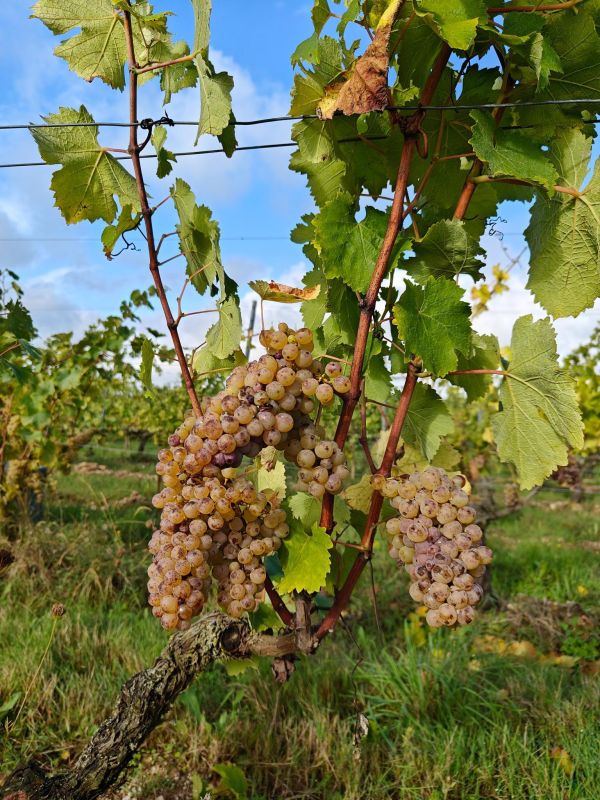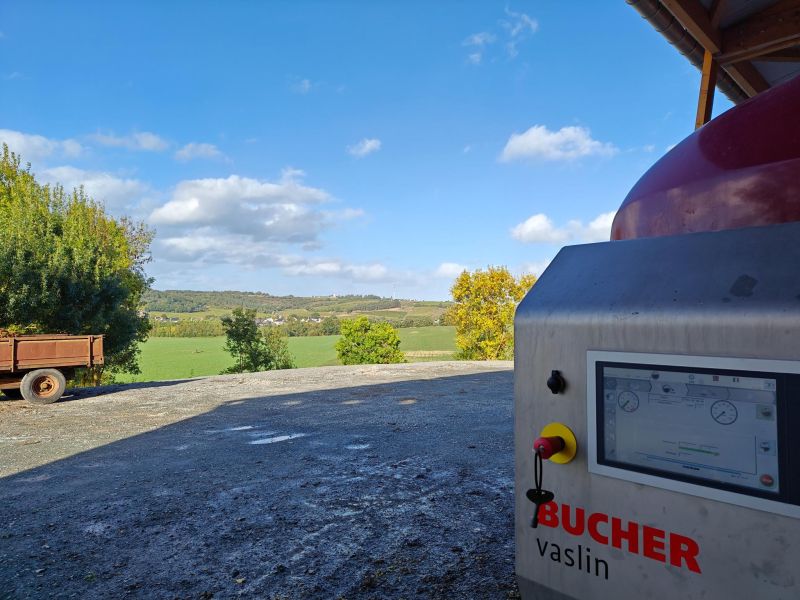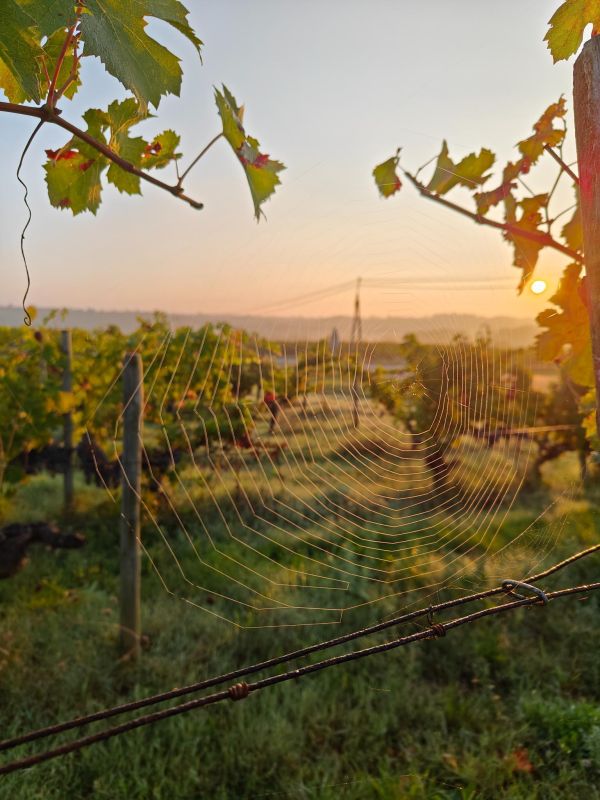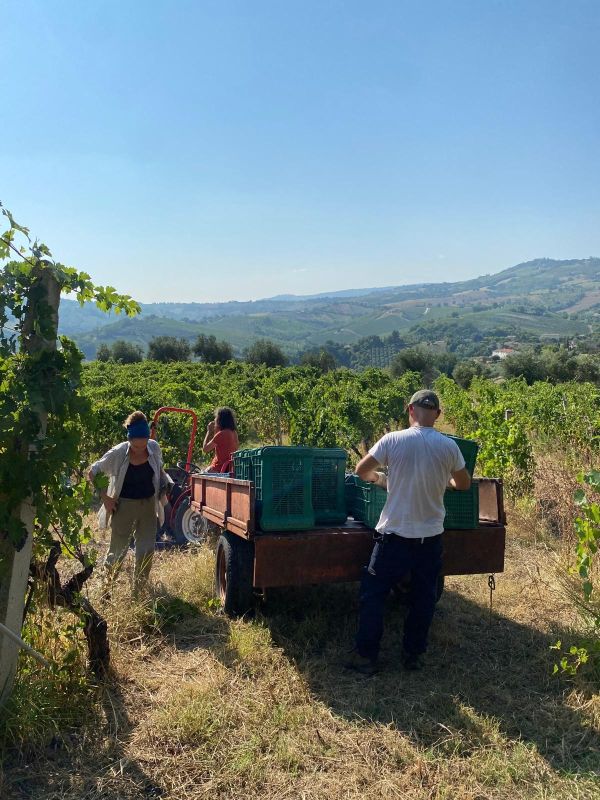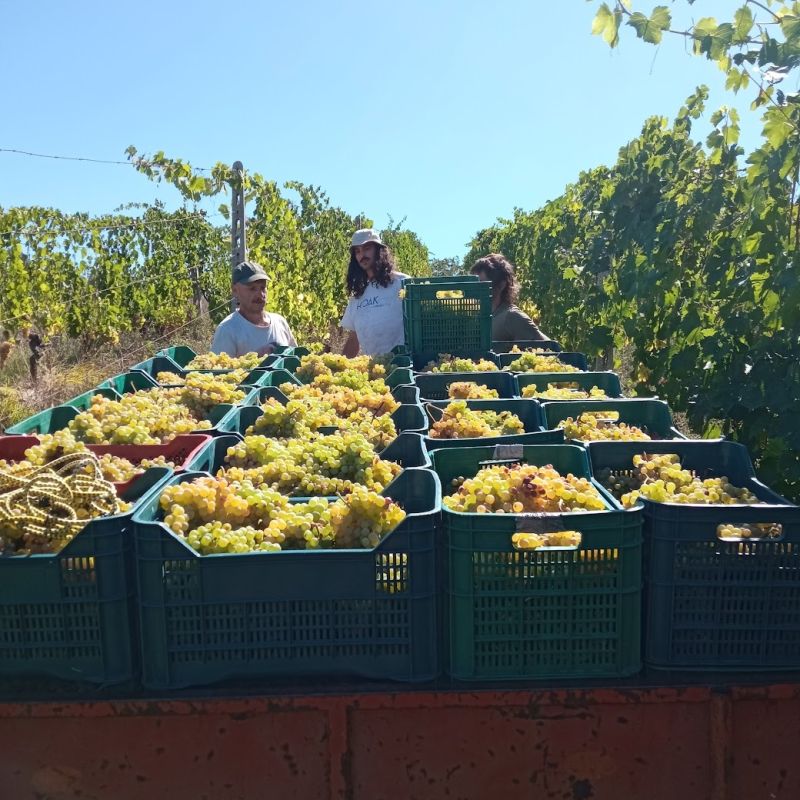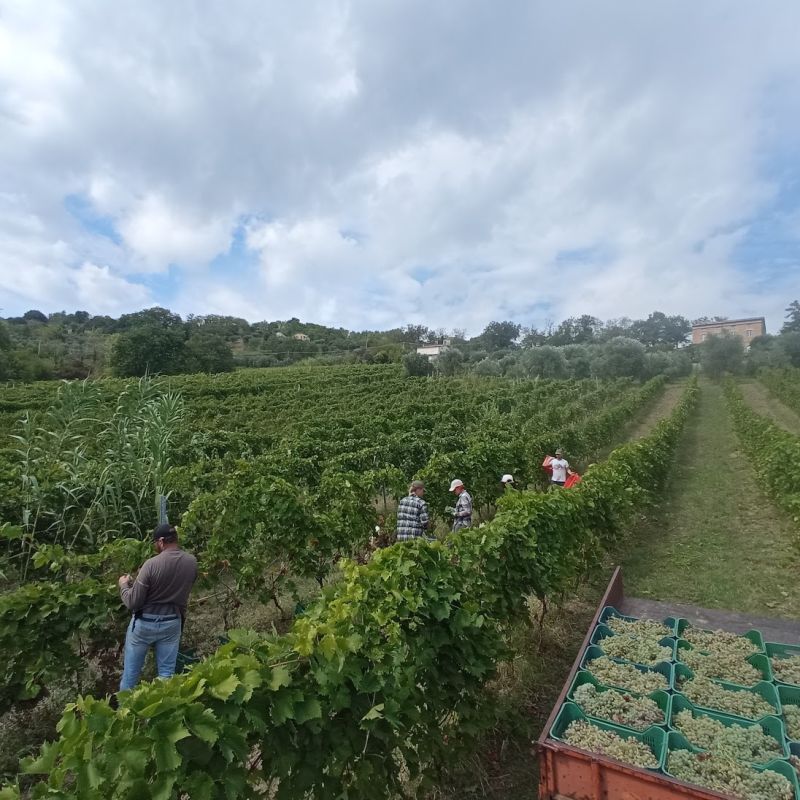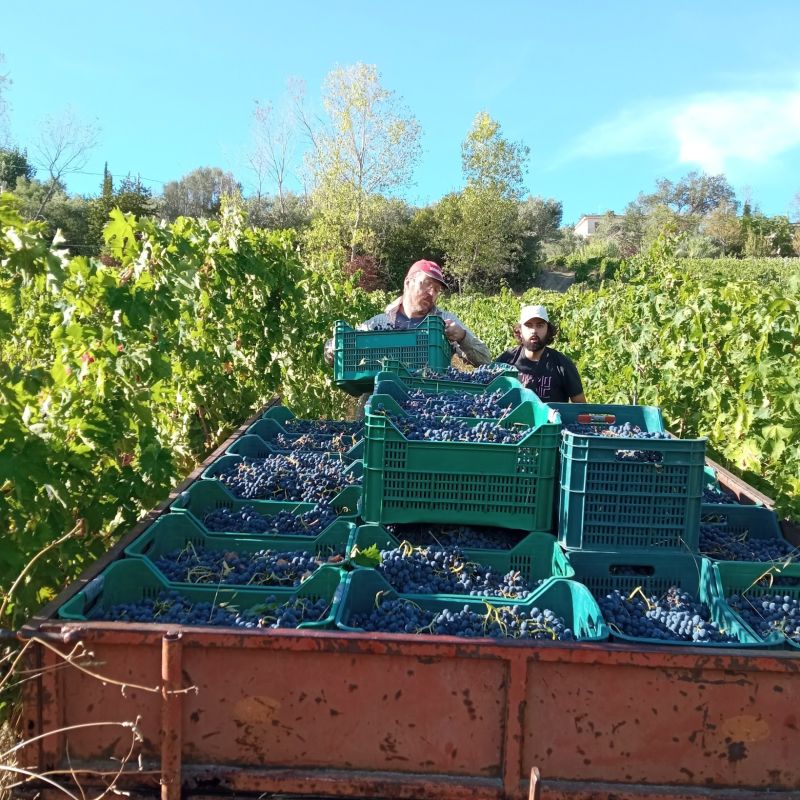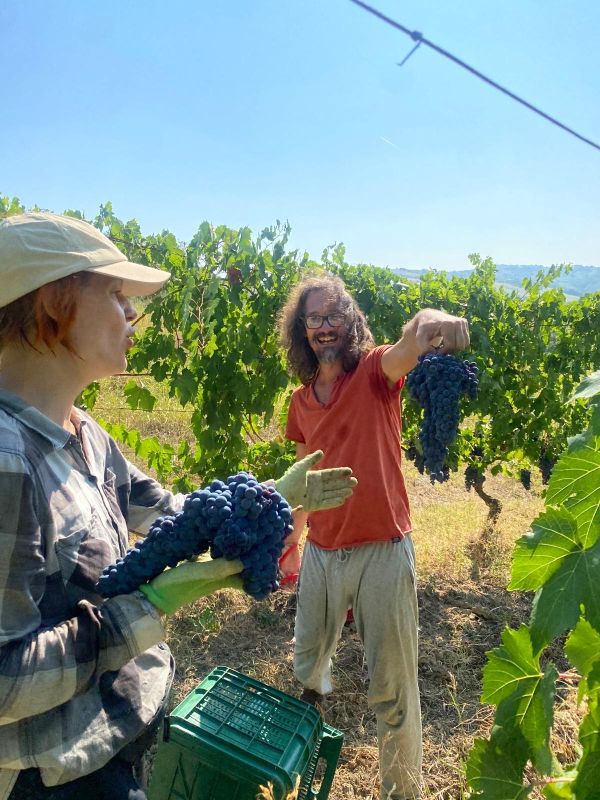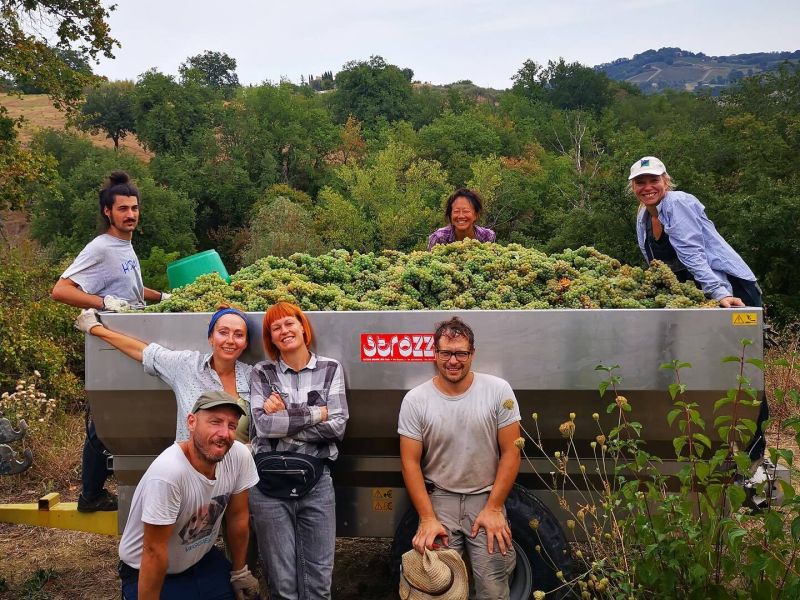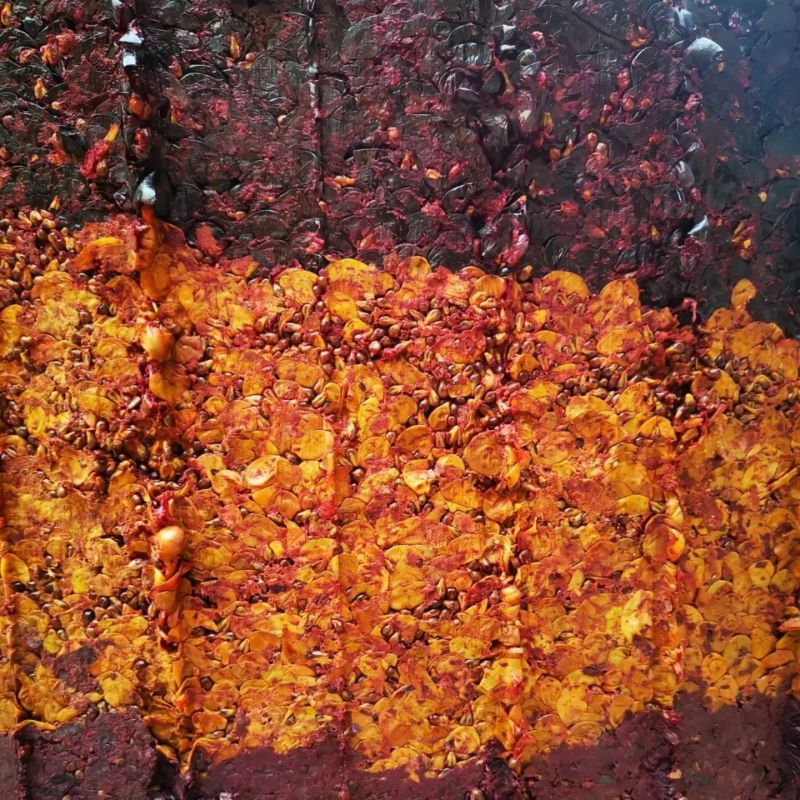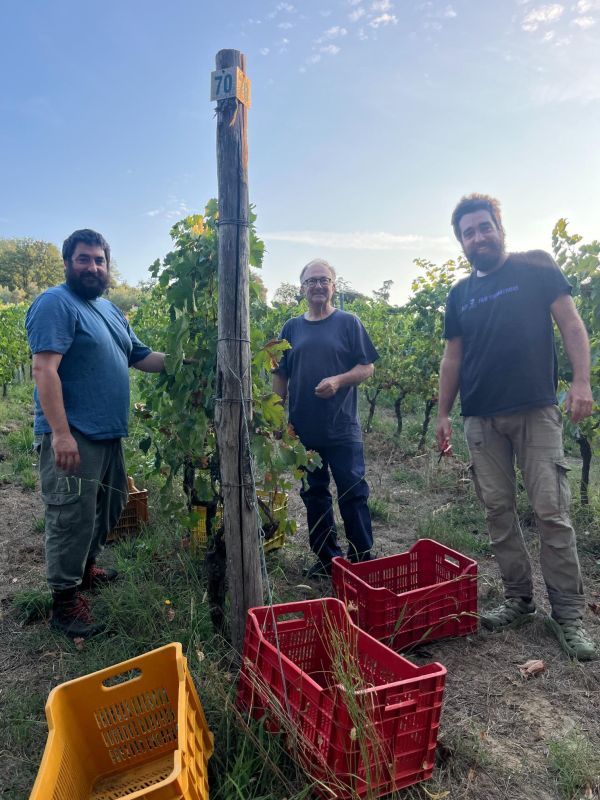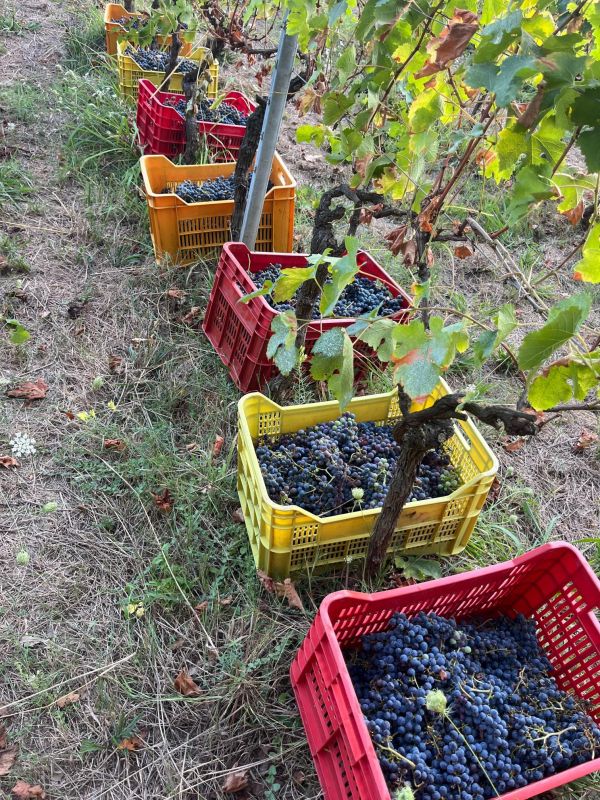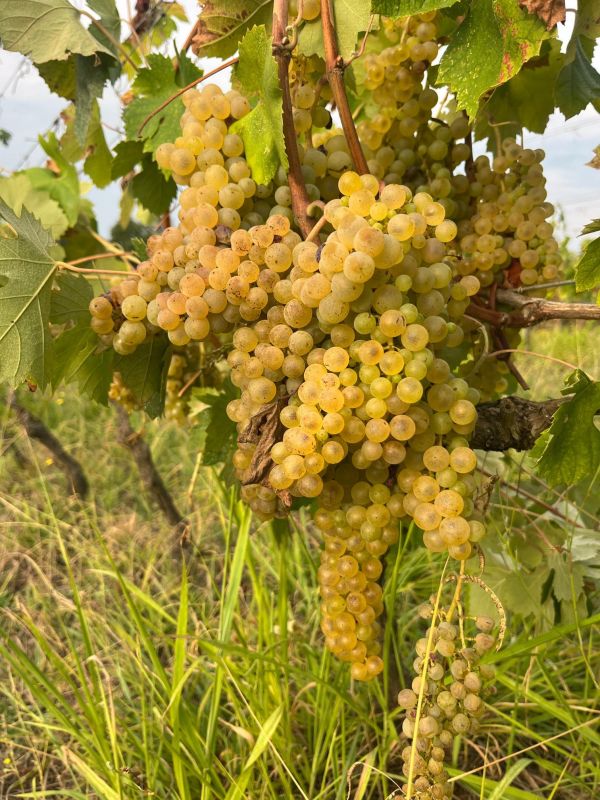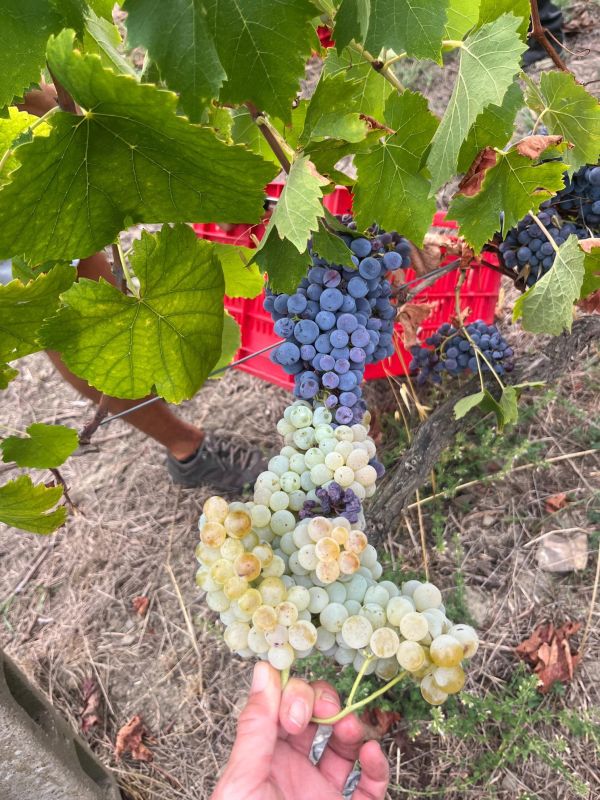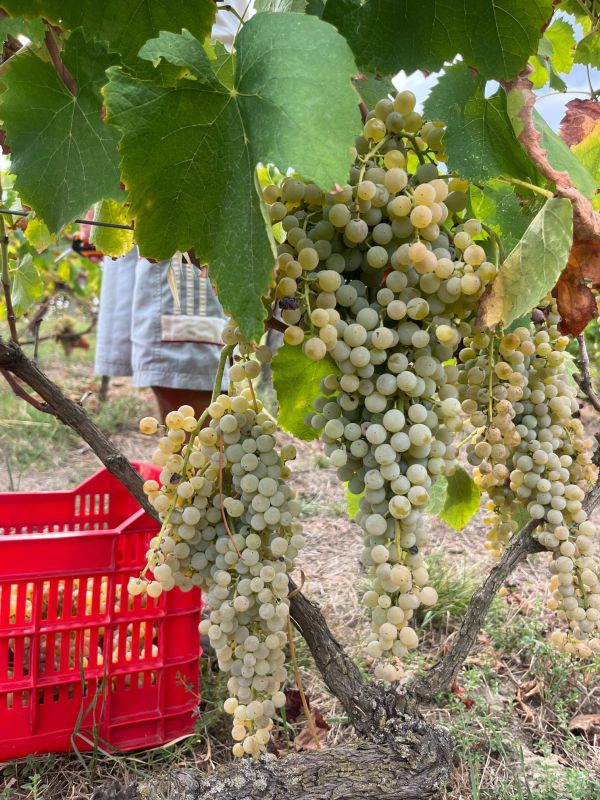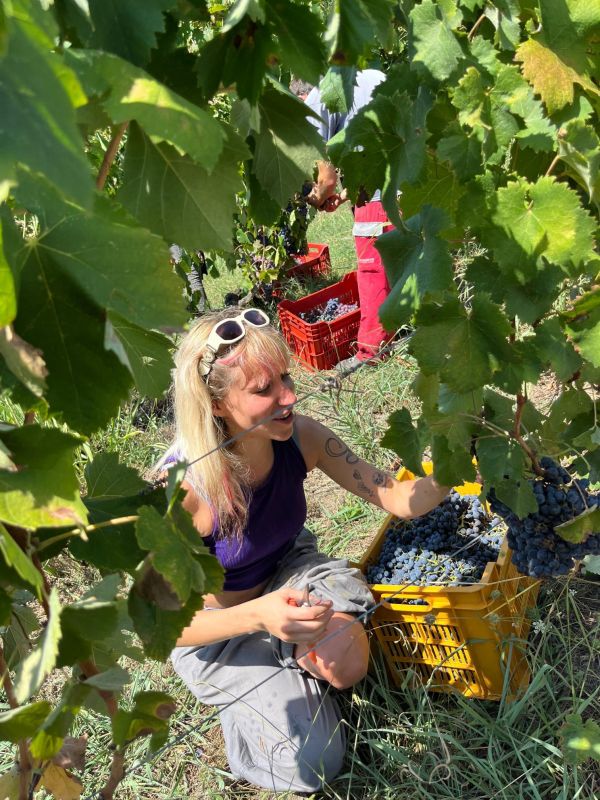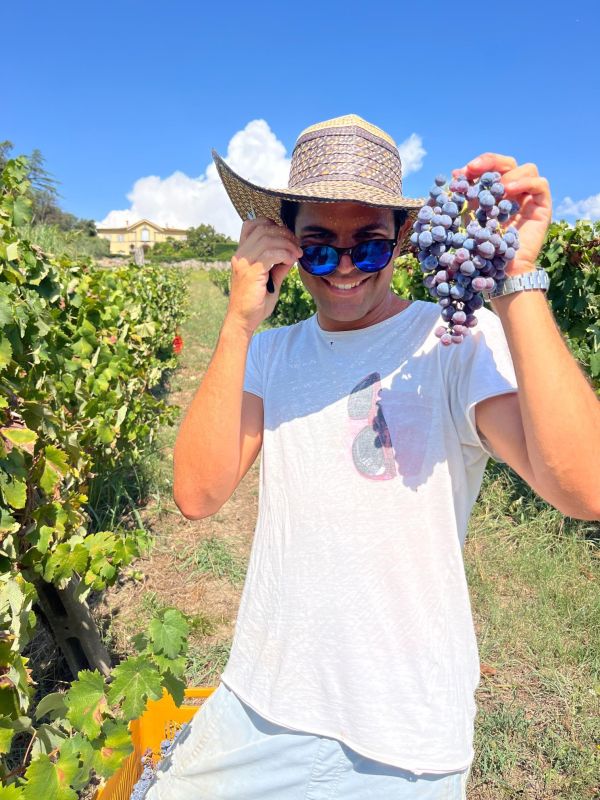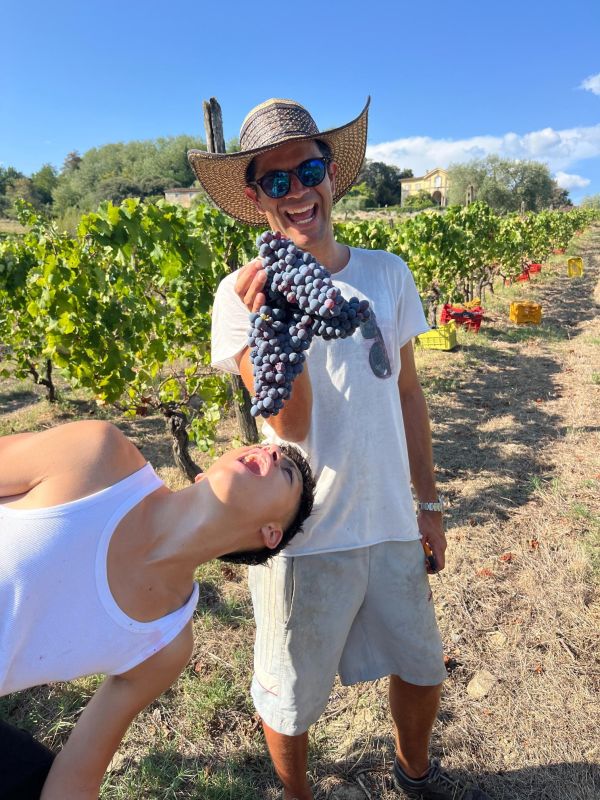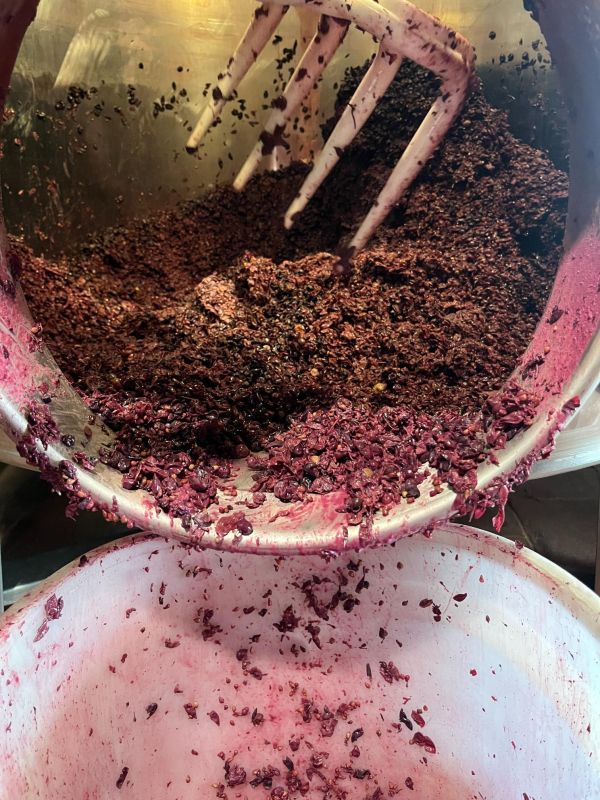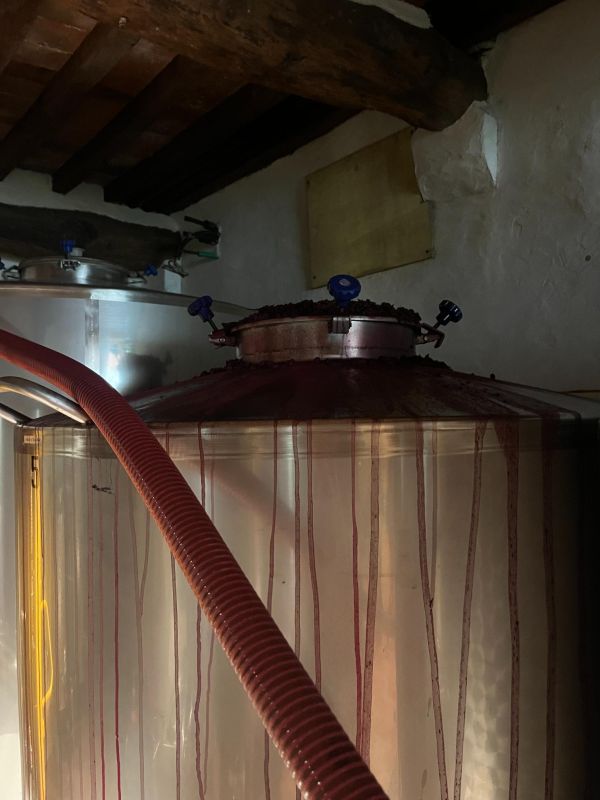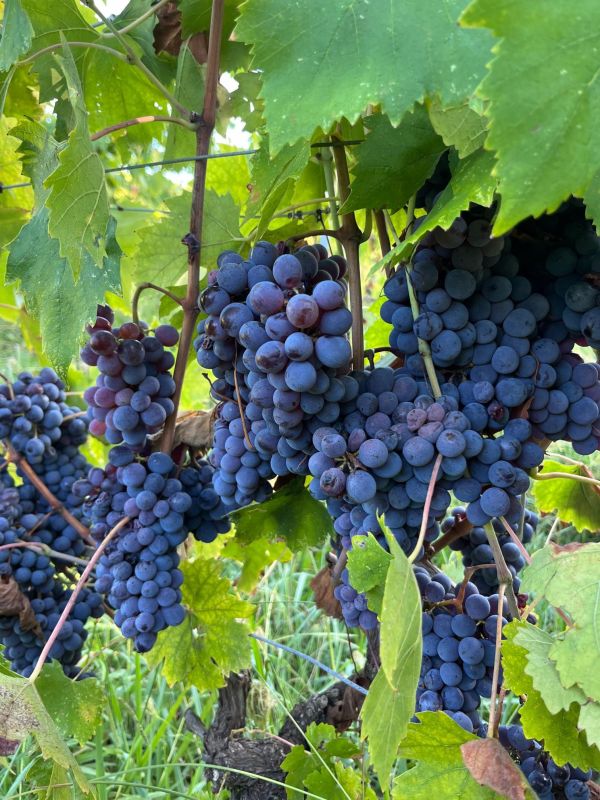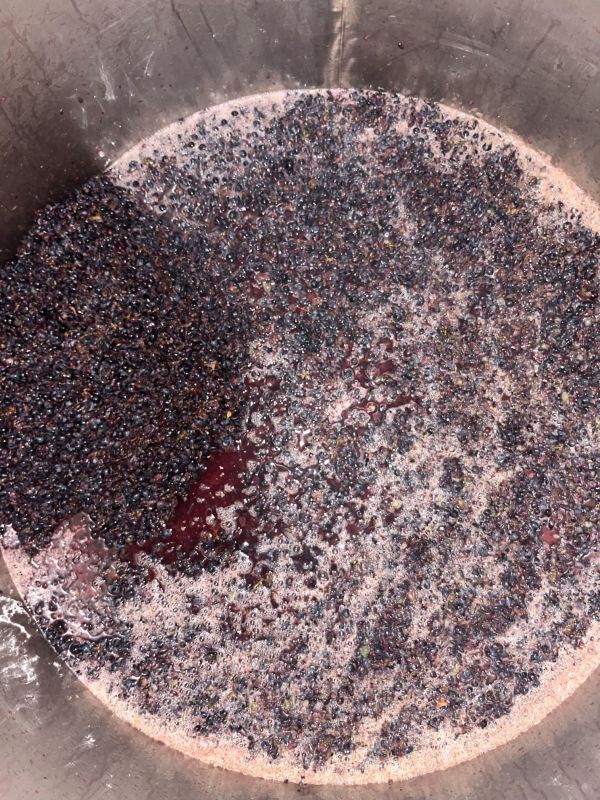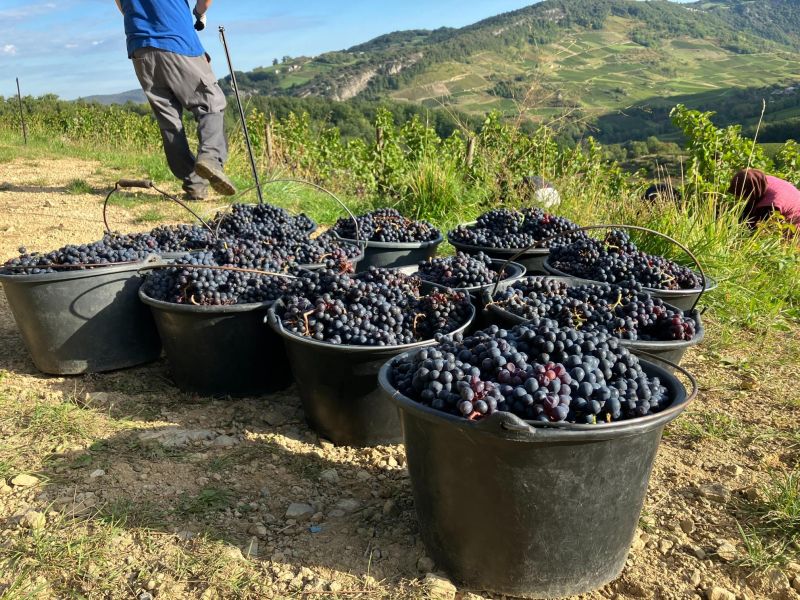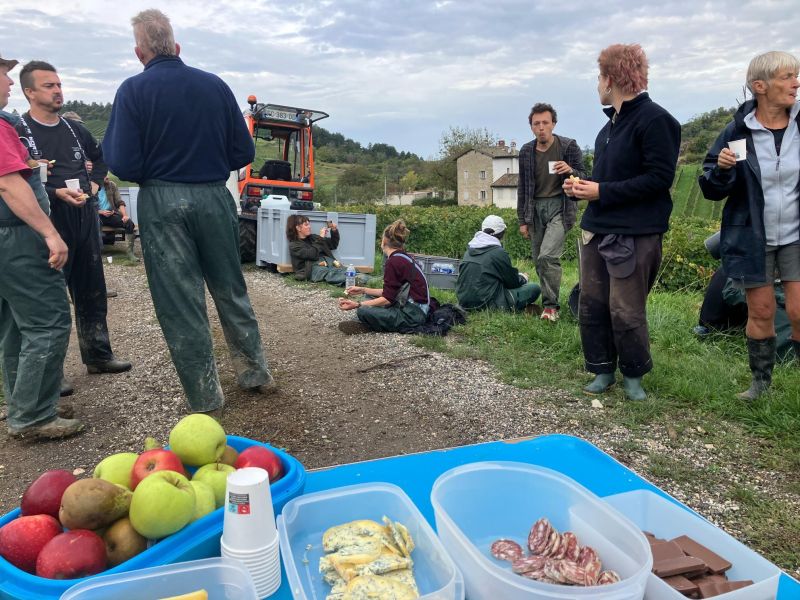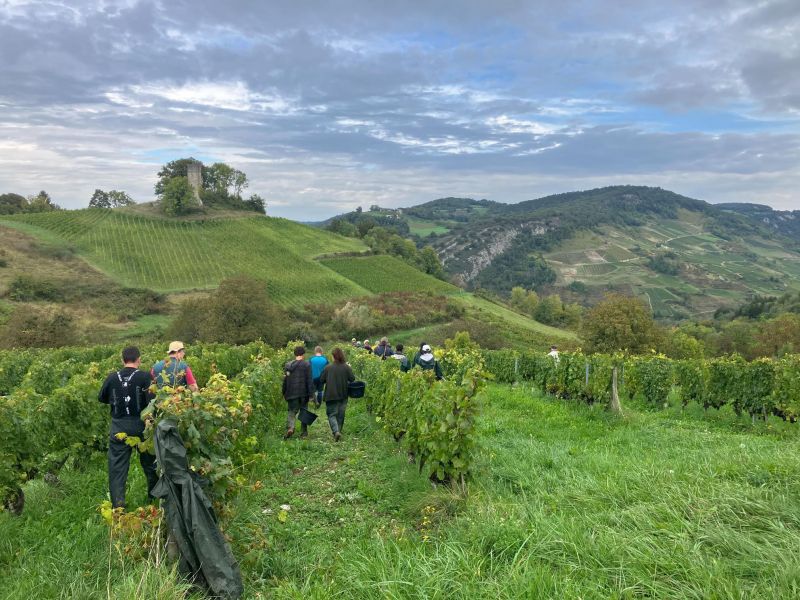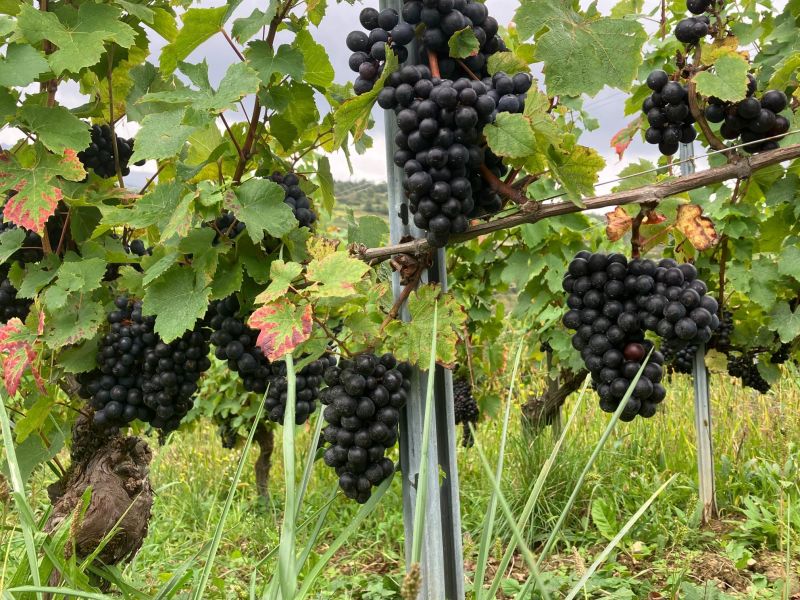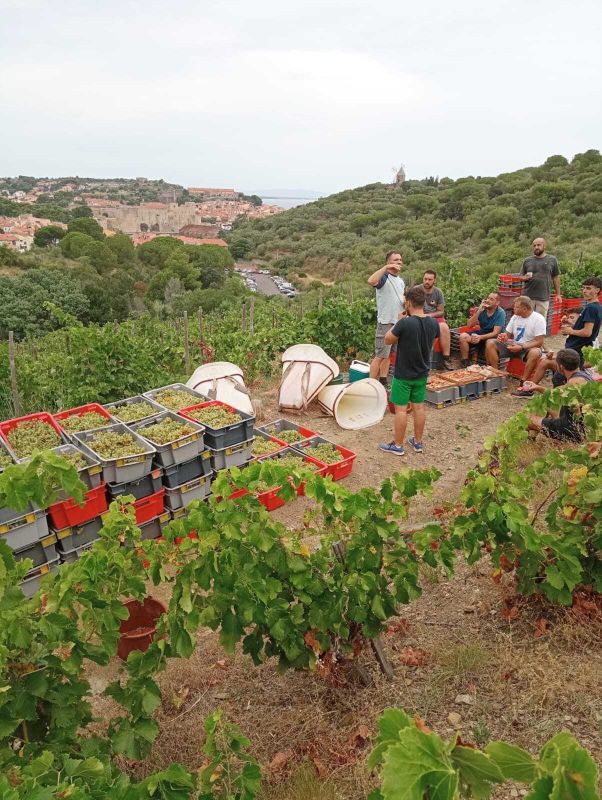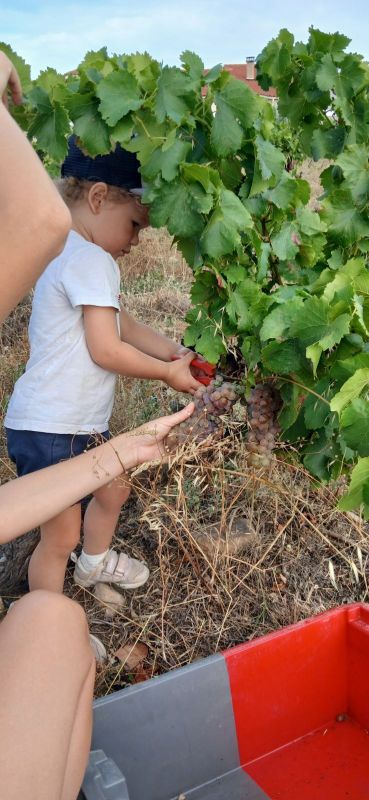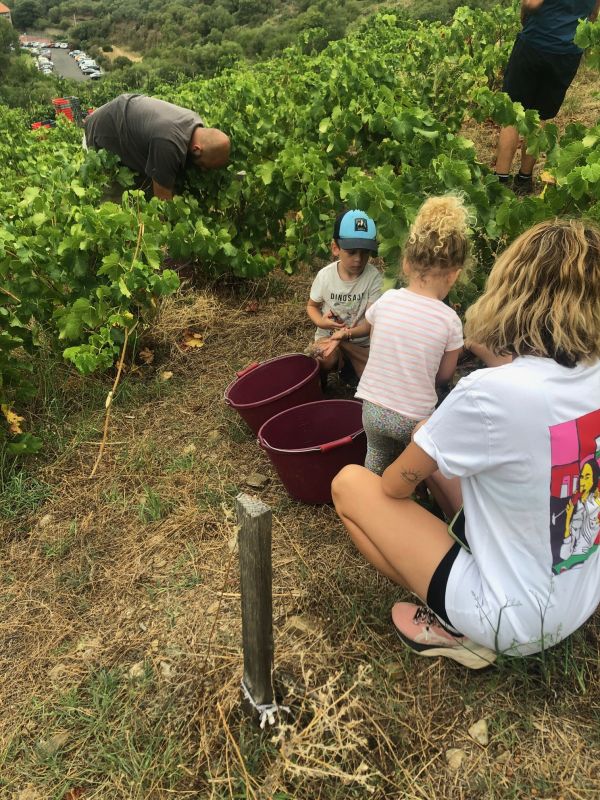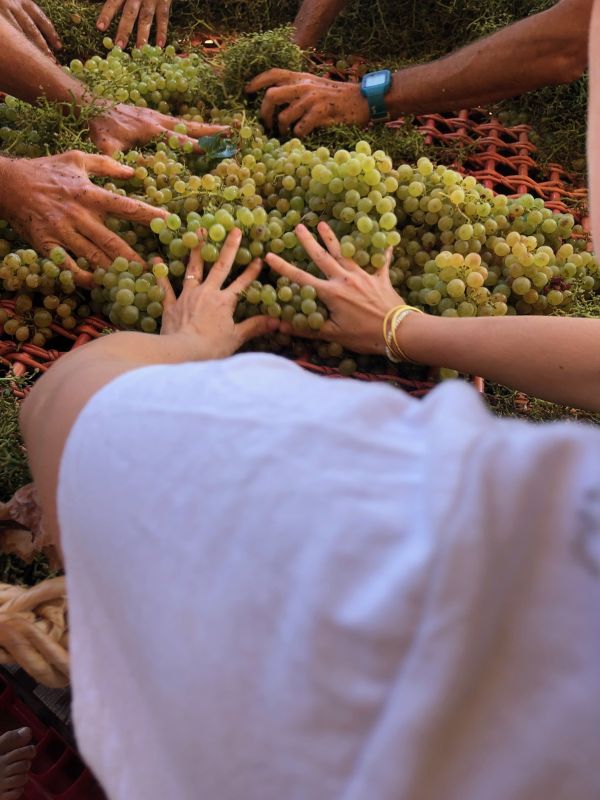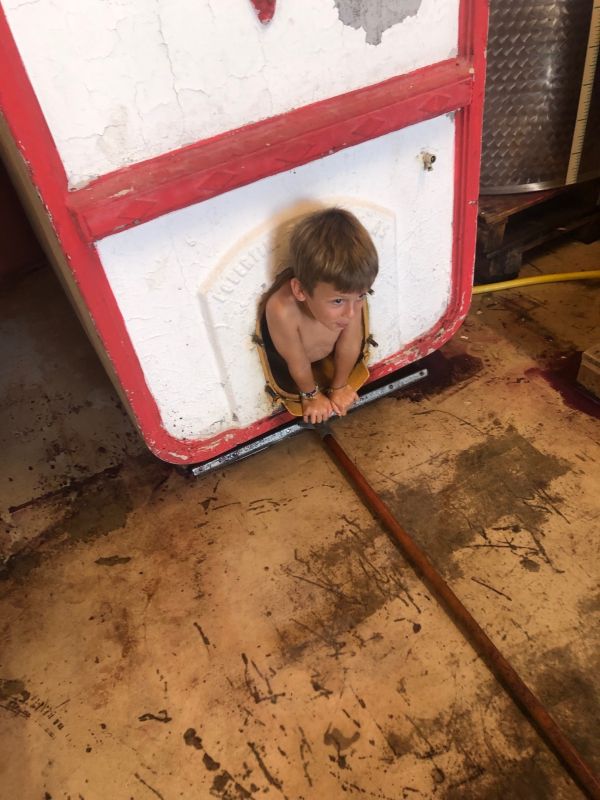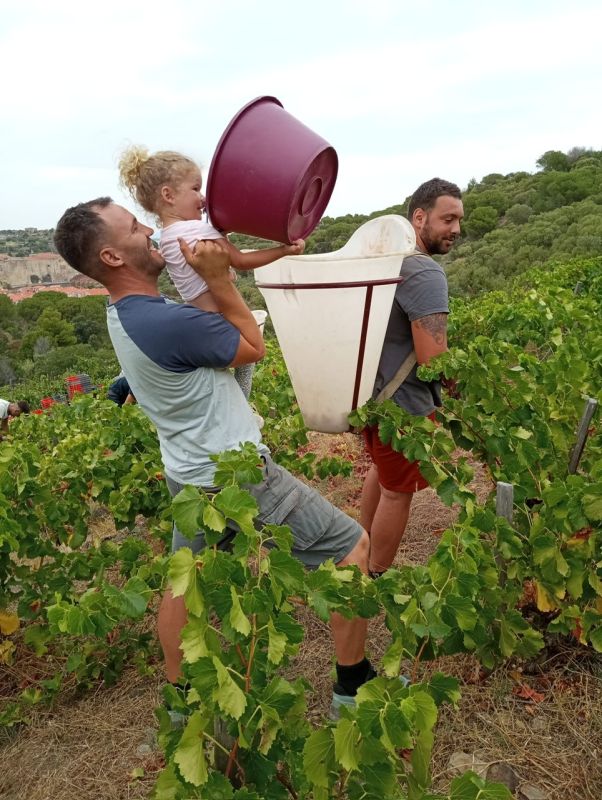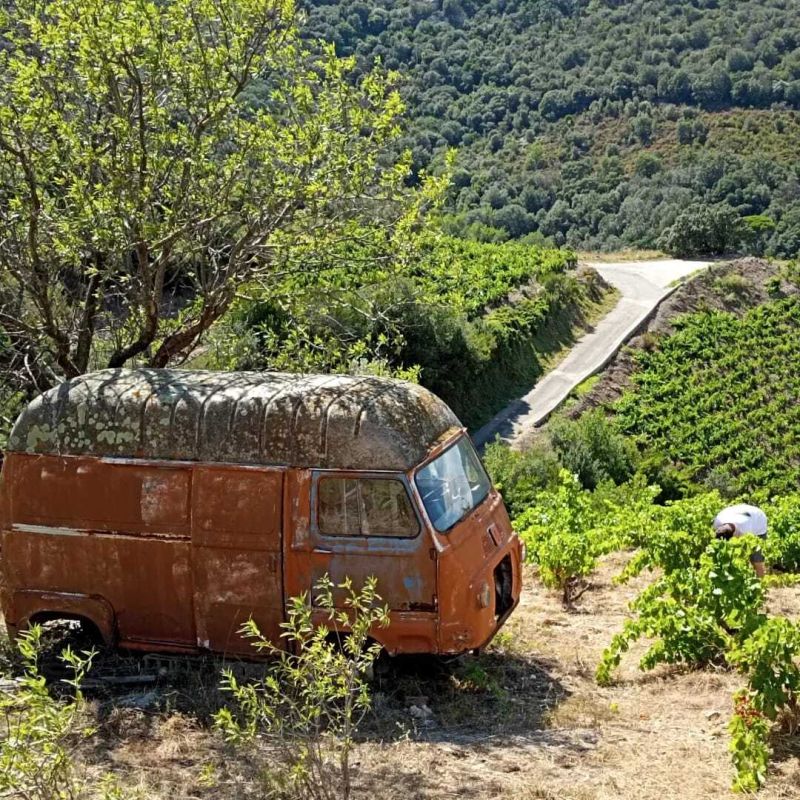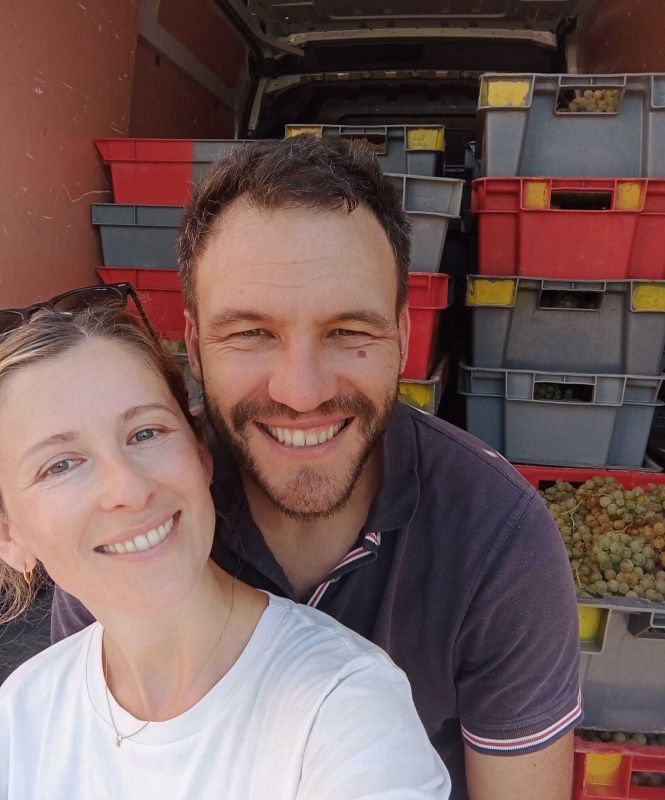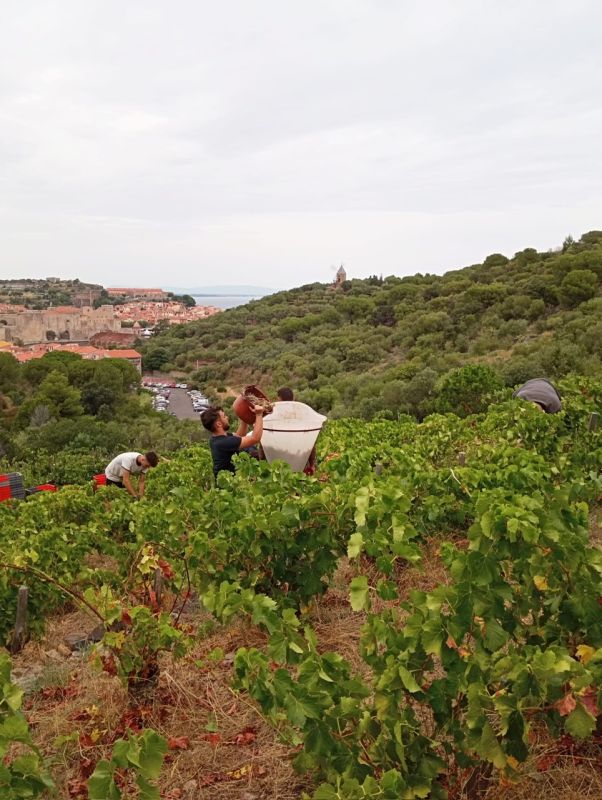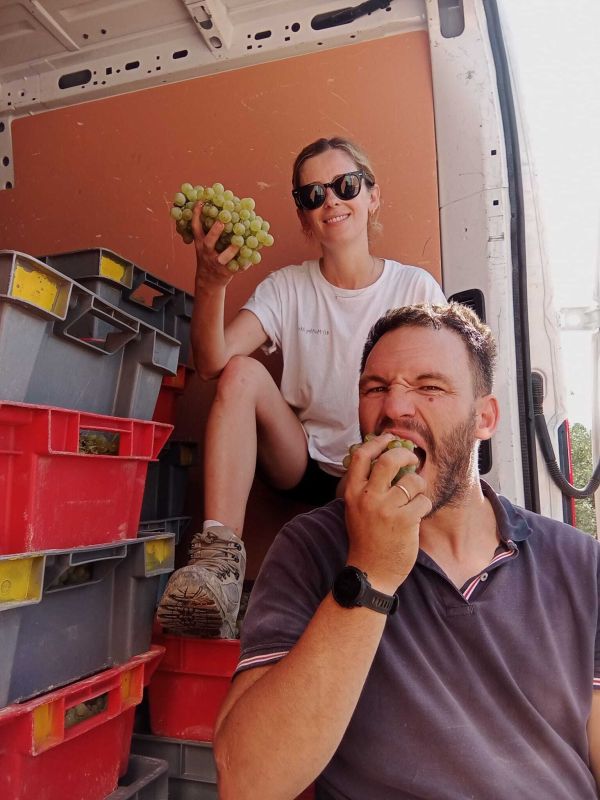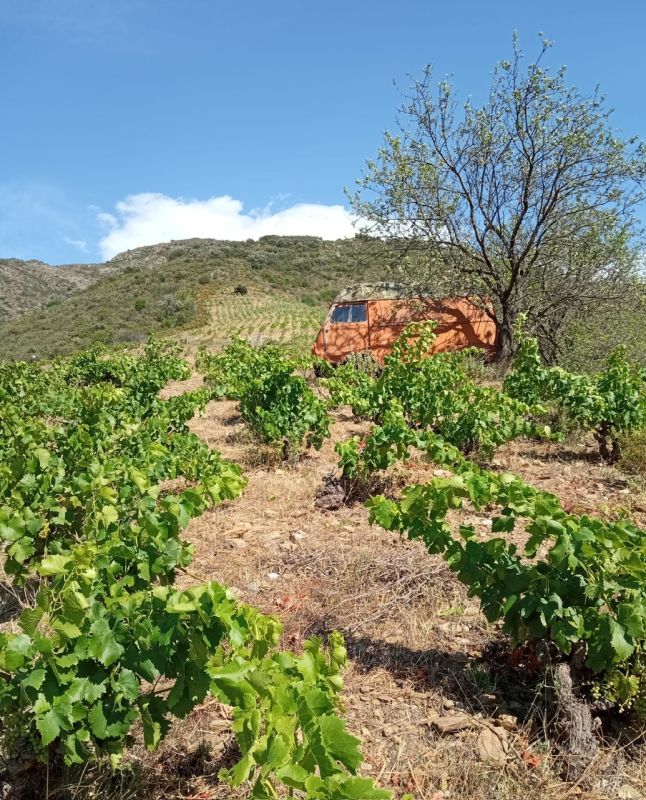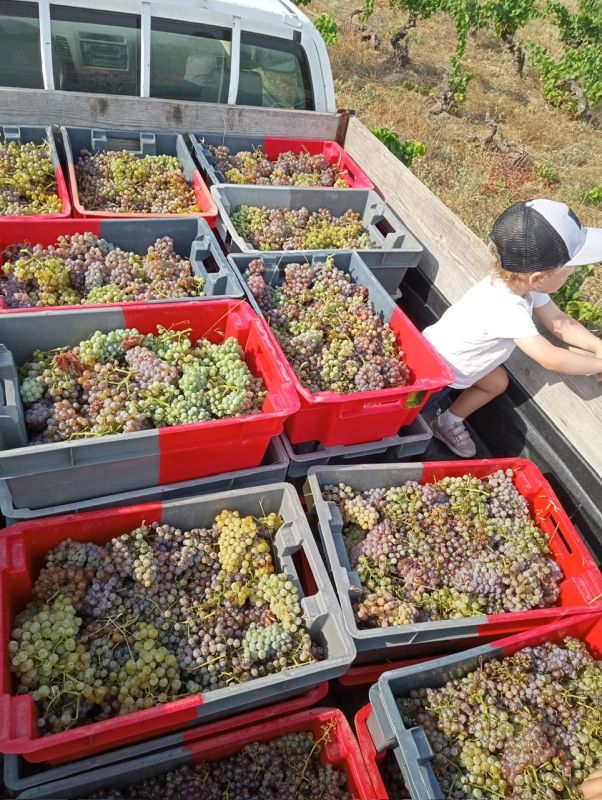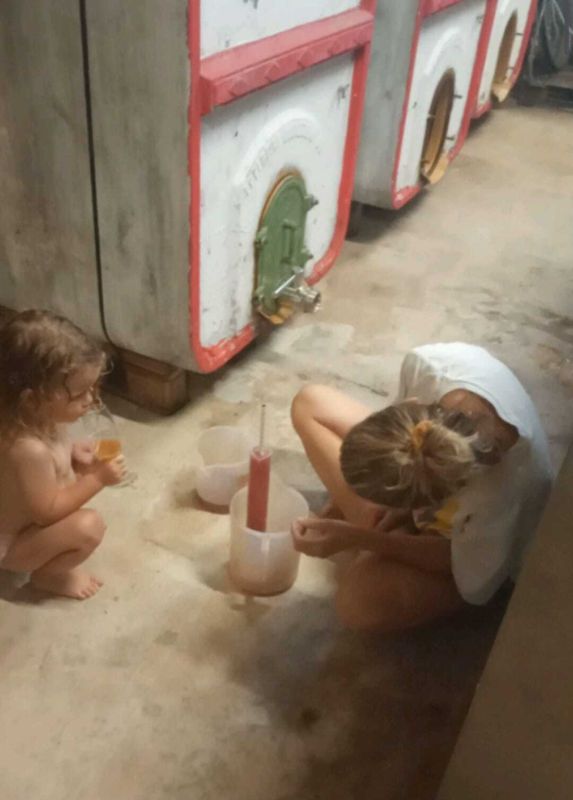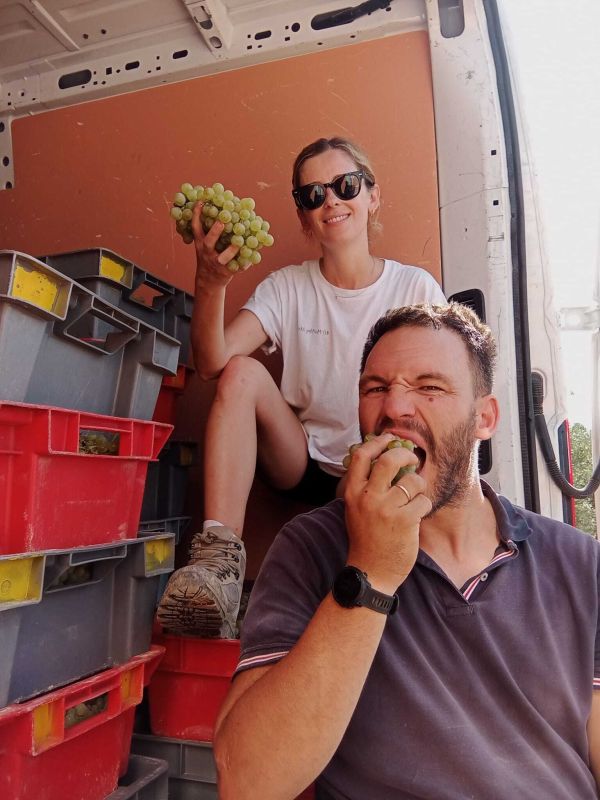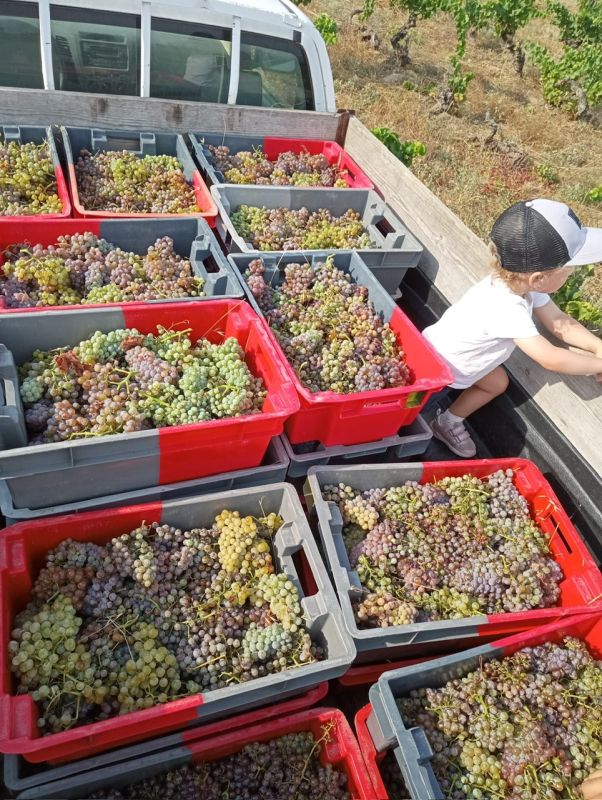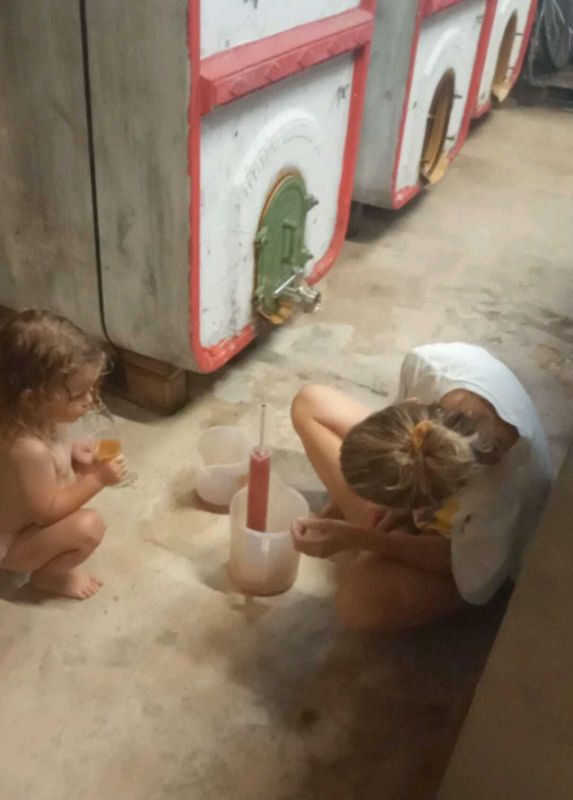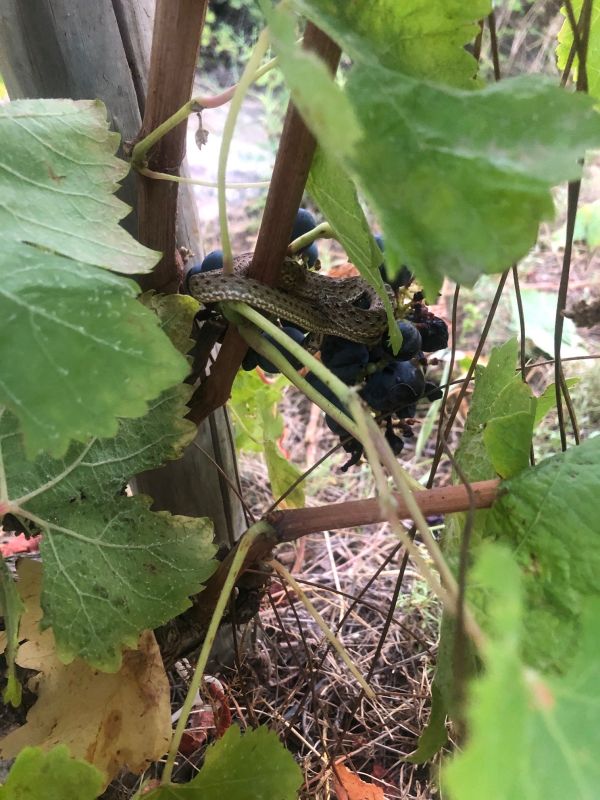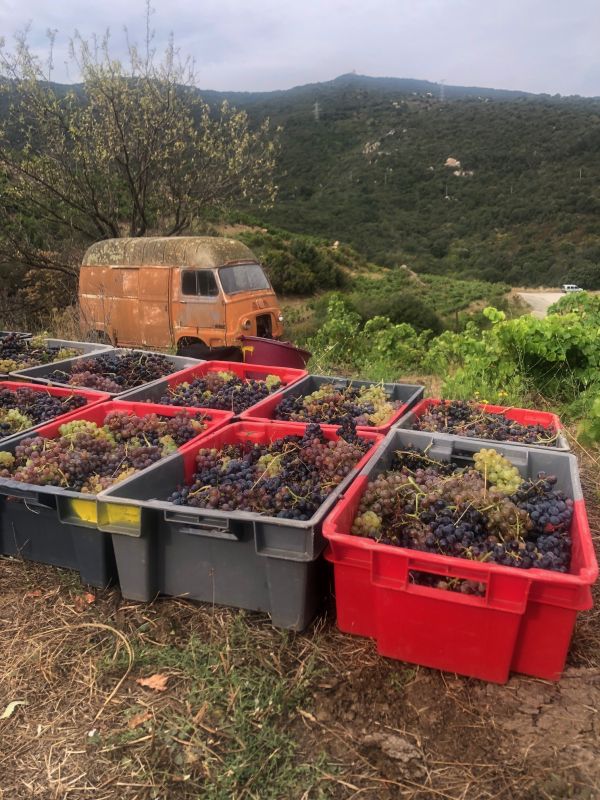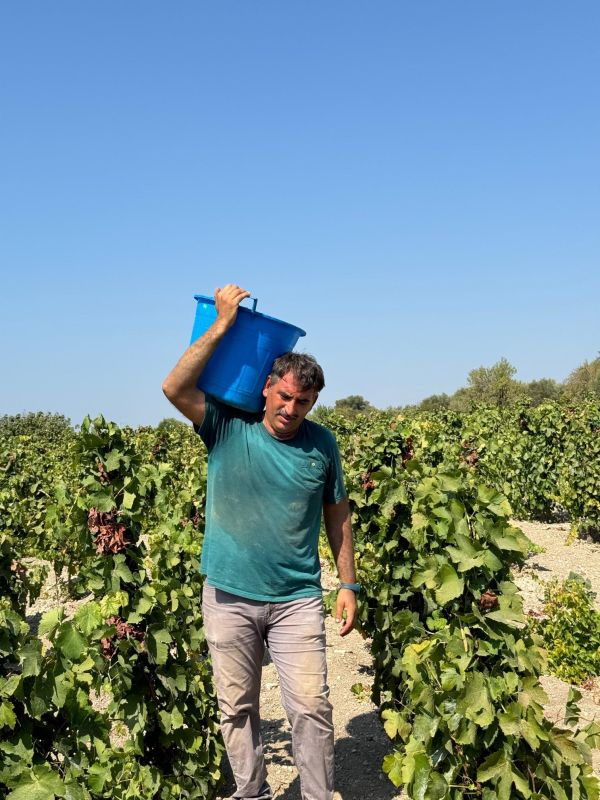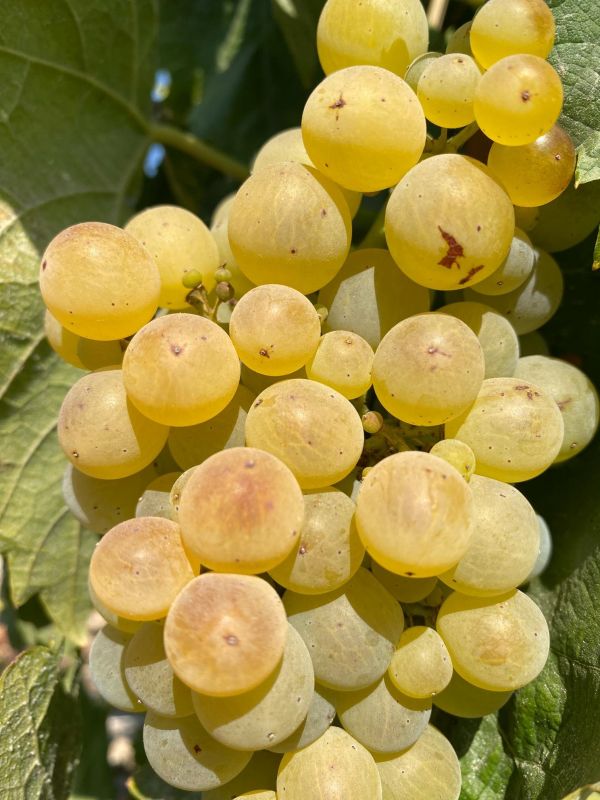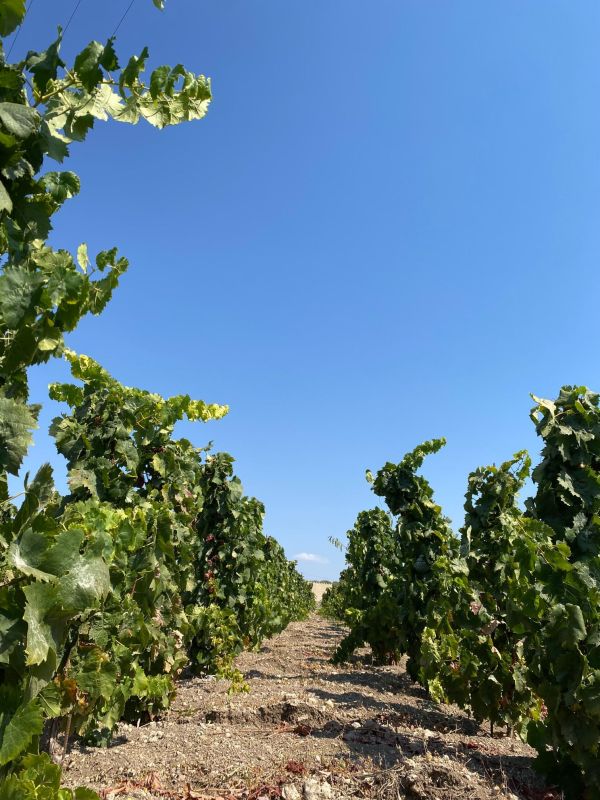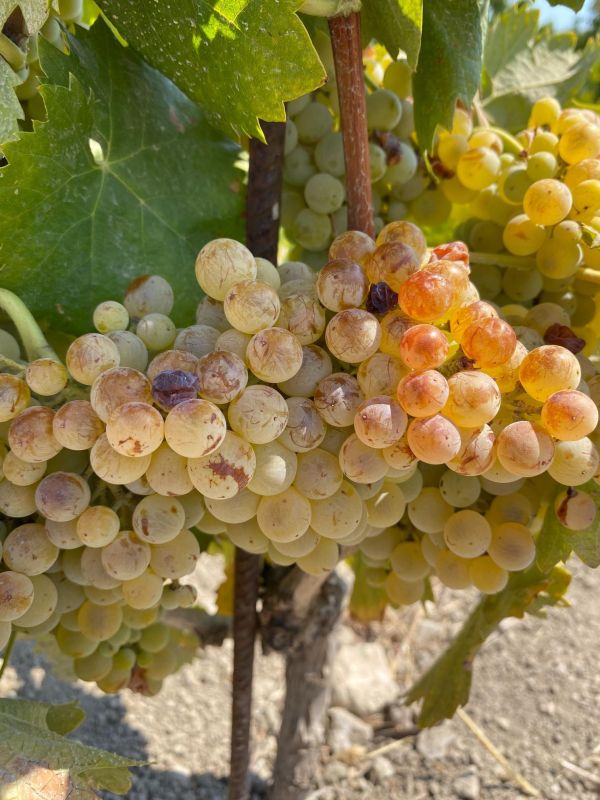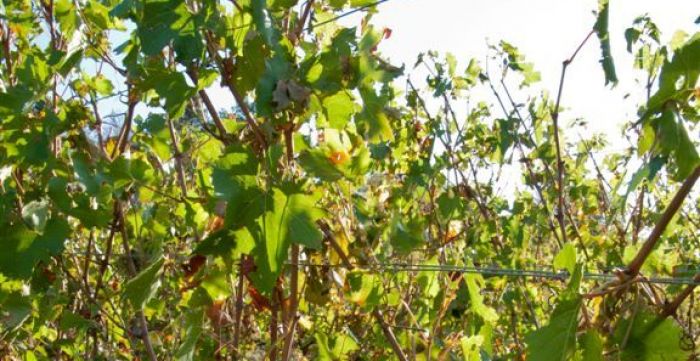Alice et Olivier de Moor, Courgis, Chablisien, on Oct. 20th:
In 2009, the bud-burst came early, and flowering started early also: however, rain and cold made it drag over two weeks. July was warm and humid, and we got hail on our Chitry and Saint-Bris vineyards.
Vers de la grappe, mildew and oïdium were a major threat this summer, but all diseases were conquered by Olivier and his caterpillar tractor.
August and September were really summery, warm and dry, and the grapes ripened fully. The wines should be balanced, a cross between 2005 and 2006. And, just like in 2005 and 2006, this is a small crop.
We harvested from Sept. 19th to 30th, and not once did we need our rain clothes, a rare occurrence at our latitude. We even were able to wait until Oct. 15th to pick the last Aligoté, and, at long last, we’ll know what overripe Aligoté tastes like.
This year, we started a small négoce business we had in the works for a long time, and harvested grapes from well-tended vines with organic certification in Chablis and Chablis Premier Cru.
The 2008 vintage, which will be ready in December, held great, positive surprises.
With a late bud-burst, a rainy spring, but a quick flowering under good weather, a cool summer until mid-September, we expected a vintage very similar to 2007. Sun and north wind in late September created the conditions for a generous crop (47HL/HA), healthy and ripe, which we picked Oct. 2nd to 10th. We finished Rosette on Oct. 18th and 19th.
We got scared at the high acidity levels of the juice, much higher than in 2007, fortunately it was mainly malic acid (NT: which almost disappears during malolactic fermentation.) Potential degrees were ½ point higher than in 2007.
Alcoholic and malolactic fermentations went extremely slowly, in part because the juice was very cold at the beginning, and in part because the vines had reached the limit of their vegetative cycle, so there was very little nitrogen left for the yeast to eat up. We had to watch the fermentations very closely, especially since the malolactic started in wines with residual sugar (NT: risk of lactic acid turning into acetic acid, i.e. vinegar).
Finally, the wines are rich and balanced, round and fruity, and their stony character is going to emerge soon. They should be reminiscent of our beautiful 1995, a classic vintage of what Chablis originally is supposed to be like.
Our Sauvignon Blanc (Saint Bris), given its high ripeness, could not finish its sugar, and will be labeled as a Vin de Table. Such is the abysmal logic of the AOC, in our eyes (NT: Saint Bris has to be a dry wine to get its AOC label). Olivier is designing a new label for this wine.
In spite of our oft complicated relationship with the press, we are happy to see that our work satisfied Eric Asimov of the New York Times, Edward Behr of the Art of Eating, and Jacques Dupont of l’Express (he awarded our wine the highest mark in his selection of Chablis 2008, published in his magazine September issue). Internet sites and blogs also posted positive reviews of our work, and created word of mouth. We are really touched by all this, it is another incentive to do better and “truer” work.
